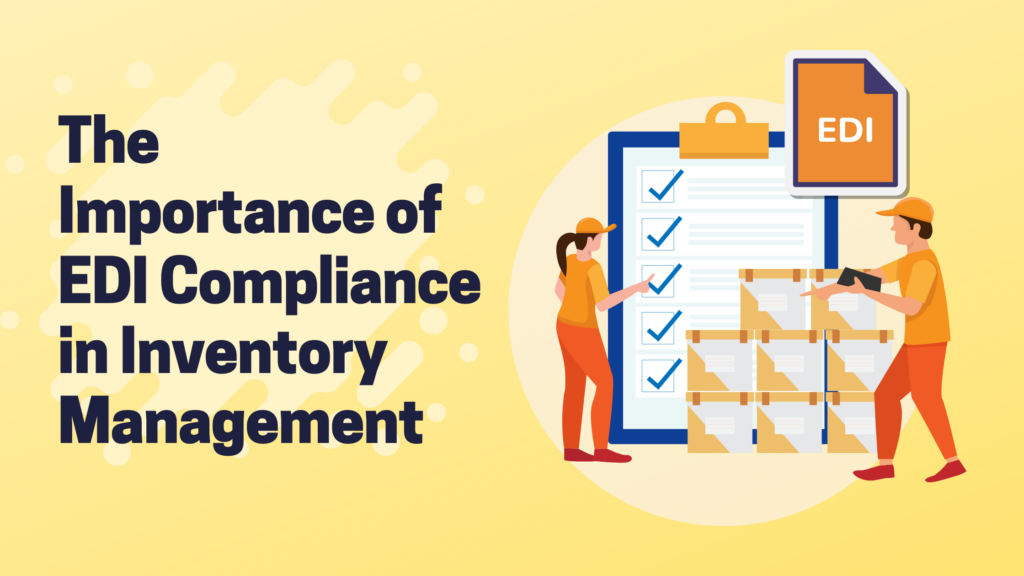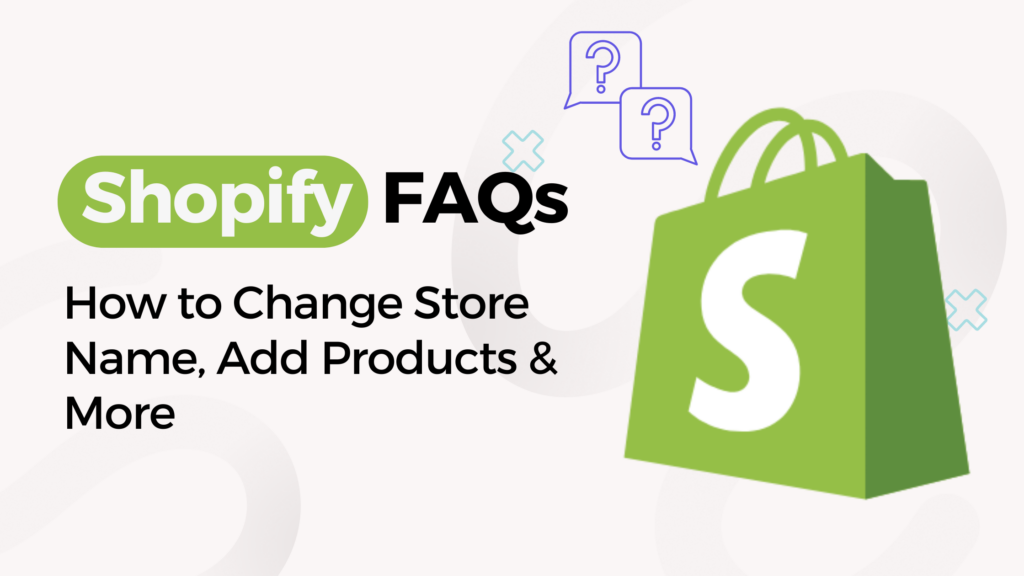The Importance of EDI Compliance in Inventory Management
Retailers need accurate, real-time information about their inventory levels, sales, and customer demand to make informed decisions and stay ahead of the competition. This is where Electronic Data Interchange (EDI) compliance plays a vital role. By implementing EDI solutions, retailers can streamline their inventory management processes, improve accuracy, visibility, and automation, and ultimately enhance their overall operational efficiency.
What is EDI Compliance?
Electronic Data Interchange (EDI) is a standardized electronic communication method that allows businesses to exchange documents and information seamlessly. EDI compliance refers to the adherence to the established guidelines and standards for exchanging business documents in a specific format. In the context of inventory management, EDI compliance ensures that retailers can exchange critical inventory-related documents, such as purchase orders, advanced shipping notices (ASNs), and invoices, with their trading partners accurately and efficiently.
EDI in Retail Order Processing and Inventory Management
The Key EDI Documents for Inventory Management
To fully leverage the benefits of EDI compliance in inventory management, retailers must understand the key EDI documents involved in the process. These documents facilitate the seamless exchange of information between retailers, suppliers, and other trading partners. Let’s explore the essential EDI documents:
Purchase Orders (EDI 850)
The purchase order (EDI 850) is a standardized electronic document that retailers use to communicate their intent to purchase products from suppliers. It includes essential information such as item descriptions, quantities, prices, and delivery instructions. By exchanging purchase orders electronically, retailers can streamline the ordering process, reduce lead times, and improve order accuracy.
Advanced Shipping Notices (ASNs) (EDI 856)
The advanced shipping notice (ASN) (EDI 856) is a crucial document that provides detailed information about a shipment, including the contents, quantities, packaging, and carrier information. ASNs help retailers track incoming shipments, plan for receiving, and update inventory records in real-time. By receiving ASNs electronically, retailers can automate the receiving process, reconcile shipments with purchase orders, and minimize errors and delays.
Invoices (EDI 810)
Invoices (EDI 810) are electronic documents that suppliers send to retailers to request payment for goods or services provided. EDI-compliant invoices automate the billing process, ensuring accurate and timely invoicing. By eliminating manual invoicing, retailers can reduce processing time, avoid payment errors, and improve cash flow management.
Inventory Reports (EDI 846)
Inventory reports (EDI 846) provide retailers with detailed information about the availability, quantities, and pricing of products offered by suppliers. By exchanging inventory reports electronically, retailers can update their inventory systems in real-time, monitor product availability, and make informed purchasing decisions. This real-time visibility into supplier inventory enables retailers to respond quickly to changes in customer demand and avoid stockouts.
Product Catalogs (EDI 832)
Product catalogs (EDI 832) contain comprehensive information about a supplier’s product offerings, including descriptions, prices, and availability. By exchanging product catalogs electronically, retailers can easily access up-to-date information on the products available from their suppliers. This enables more accurate product selection, improved pricing accuracy, and efficient order placement.
Implementing EDI Compliance in Inventory Management
To implement EDI compliance effectively and optimize inventory management processes, retailers need to follow best practices and consider key factors. Here are some essential steps to ensure successful EDI implementation:
Select an EDI Solution Provider
Choosing the right EDI solution provider is crucial for seamless integration and compliance. Look for a provider that offers robust EDI software, supports the required EDI document types (e.g., EDI 850, EDI 856), and has experience working with retailers in your industry. A reliable provider should also offer comprehensive support and training to help your team navigate the EDI implementation process.
Understand Trading Partner Requirements
Each trading partner may have specific EDI requirements and standards. It is essential to understand these requirements and ensure that your EDI solution is compatible with your trading partners’ systems. Clear communication and collaboration with your trading partners are critical to ensure smooth EDI implementation.
Map and Test EDI Workflows
Mapping your existing inventory management workflows to EDI processes is a crucial step in successful implementation. Identify the points in your current processes where EDI integration can bring the most significant benefits. Once you have mapped your workflows, thoroughly test the EDI integration to identify any potential issues or gaps in the process.
Train and Educate Your Team
Proper training and education are essential to ensure that your team understands the EDI processes and can use the system effectively. Provide comprehensive training on using the EDI software, understanding EDI documents, and troubleshooting common issues. Regularly update your team on any changes or updates in EDI standards or trading partner requirements.
Monitor and Maintain EDI Compliance
Once your EDI system is up and running, it is crucial to monitor and maintain EDI compliance continuously. Regularly review your EDI processes, monitor performance metrics, and address any issues promptly. Stay updated on changes in EDI standards and trading partner requirements to ensure ongoing compliance.
The Benefits of EDI Compliance in Inventory Management
EDI compliance offers numerous benefits for retailers in managing their inventory effectively. Let’s take a closer look at how EDI compliance can revolutionize inventory management processes:
Increased Accuracy
Manual data entry is prone to errors, leading to discrepancies in inventory records. EDI compliance eliminates the need for manual data entry by automating the exchange of information between systems. This automation significantly reduces the risk of human errors, ensuring that inventory data remains accurate and up to date. By maintaining accurate inventory records, retailers can avoid stockouts, overstocking, and order fulfillment issues, leading to improved customer satisfaction.
Enhanced Visibility
EDI compliance provides retailers with real-time visibility into their inventory levels, sales, and customer demand. By exchanging data electronically, retailers can quickly access the latest information on product availability, order status, and shipment tracking. This visibility enables retailers to make data-driven decisions regarding inventory replenishment, demand forecasting, and order fulfillment, ultimately optimizing their inventory management processes.
Streamlined Order Fulfillment
EDI compliance streamlines the order fulfillment process by automating the exchange of purchase orders and ASNs between retailers and their suppliers. When a customer places an order, the purchase order is electronically transmitted to the supplier, triggering the fulfillment process. Once the products are shipped, the ASN is sent back to the retailer, providing detailed information about the shipment, including the contents, quantities, and expected delivery date. This automation eliminates manual paperwork, reduces processing time, and minimizes the risk of errors, ensuring smooth and efficient order fulfillment.
Improved Supply Chain Collaboration
EDI compliance promotes seamless collaboration between retailers and their trading partners throughout the supply chain. By exchanging standardized electronic documents, such as purchase orders, ASNs, and invoices, retailers can communicate their inventory needs, track shipments, and reconcile invoices more efficiently. This improved collaboration fosters better relationships with suppliers, reduces communication gaps, and enables faster response times, ultimately leading to a more agile and responsive supply chain.
Increased Operational Efficiency
EDI compliance optimizes inventory management processes, leading to increased operational efficiency. By automating the exchange of information, retailers can eliminate time-consuming manual tasks, such as data entry, document handling, and reconciliation. This automation frees up valuable time and resources, allowing retail staff to focus on more strategic activities, such as analyzing inventory data, forecasting demand, and optimizing inventory levels. As a result, retailers can operate more efficiently, reduce costs, and improve overall business performance.
Conclusion
EDI compliance is a powerful tool for retailers looking to streamline their inventory management processes. By implementing EDI solutions and adhering to established guidelines and standards, retailers can significantly enhance accuracy, visibility, and automation in inventory management. From improved order fulfillment to enhanced supply chain collaboration, the benefits of EDI compliance are vast. By leveraging the right EDI documents and following best practices, retailers can optimize their inventory management processes and gain a competitive edge in the retail industry.



